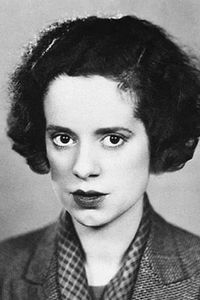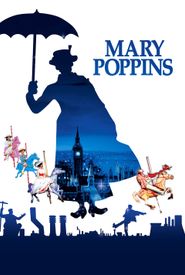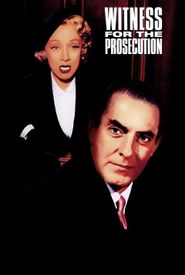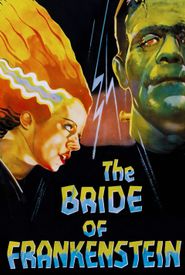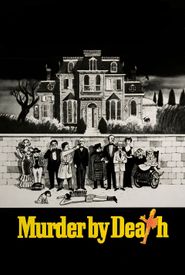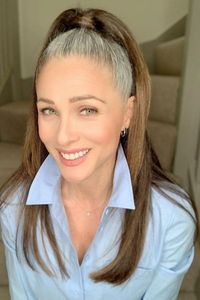Next person biography:
Elsa Sullivan Lanchester was born into an unconventional family in the early 20th century. Her parents, James "Shamus" Sullivan and Edith "Biddy" Lanchester, were socialists who did not believe in marriage and conventions of legality. Her mother had been committed to an asylum by her father and brothers in 1895 due to her unmarried state, receiving worldwide press as the "Lanchester Kidnapping Case".
Lanchester began her dance training at age 10 at Isadora Duncan's Bellevue School in Paris in 1912, but was forced to return home due to WW1. She then attended a co-educational boarding school in Kings Langley, Hertfordshire, England, where she taught dance classes in exchange for her education and board.
Lanchester made her stage debut in 1922 in the West End play "Thirty Minutes in a Street" and founded the Children's Theater in Soho, London, where she taught for several years. She also debuted in a music hall act as an Egyptian dancer in 1920 and posed nude for artists.
Lanchester's film career began in earnest in the late 1920s and early 1930s, with her first film appearance in an amateur movie by friend and author Evelyn Waugh called The Scarlet Woman: An Ecclesiastical Melodrama (1925). Her formal film debut was in the British movie One of the Best (1927). She continued stage work and became associated with actor Charles Laughton, whom she married in 1929.
Lanchester's iconic role as the Bride of Frankenstein in James Whale's 1935 film is often cited as one of the most memorable horror movie roles of all time. She also appeared in several other films throughout the 1930s, including The Private Life of Henry VIII (1933) and Rembrandt (1936).
In the 1940s, Lanchester began to focus more on her musical revue sketches, performing at the Turnabout Theater in Hollywood and later at the supper club, The Bar of Music. She continued to act in films throughout the decade, including The Bishop's Wife (1947) and Come to the Stable (1949).
In the 1950s, Lanchester toured extensively with her nightclub act, which ended in 1952. She continued to act in films and television throughout the decade, including Witness for the Prosecution (1957) and Bell Book and Candle (1958).
In the 1960s and 1970s, Lanchester became a fixture on episodic TV and an institution in Disney and G-rated fare. She wrote two autobiographies, "Charles Laughton and I" (1938) and "Elsa Lanchester: Herself" (1983),recalling her nearly 100 roles before the camera.
